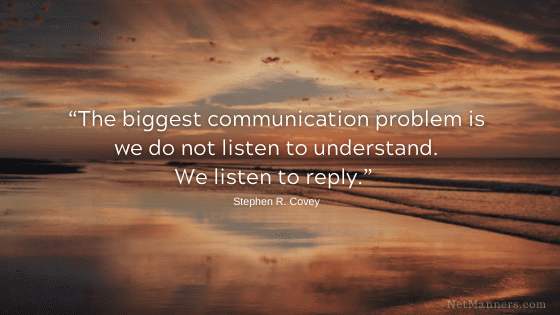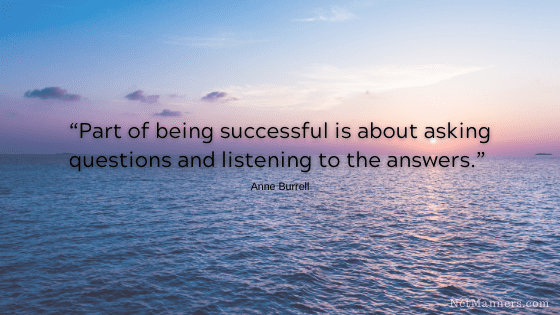What They Meant Was What?

Site visitors occasionally email me about dilemmas related to interpreting what someone “meant” in an email they receive. Big-time misunderstandings ensue, some irreparably so.
In one case, when I was given the message they were upset about, I didn’t have the same take or reaction. Why? I took the comments at face value because I didn’t know the sender and did not read anything about the words used. I took them at their face value.
Regarding one particular email, I had the opposite perception of the person who was upset. They thought the sender was rude, but I didn’t see what was typed as a rude comment at all. All because there was no history or emotional dynamics between myself and the author.
Emotions Come into Play
The comments were general, but the recipient took them personally. It was clear there was more between them than the words themselves implied. Relationships and level of formality come into play with email communications—more than many want to admit. I didn’t have the same reaction because I was not emotionally involved or did not know the other party well enough to “read between the lines.”
Do you know what happens when you assume? When it comes to email, try to avoid assuming what someone means. Take them at their word. If you are unsure, ask.
Reading more into what is there based on your feelings or what you “think” the other person meant is the basis for 99% of the misunderstandings I am contacted about. What is often read into another person’s email is not what they meant. Don’t fall into that trap.
Type it; You Mean it.
Assuming we can go both ways. You cannot assume the other side will know what you “meant.” You need to spell it out — clearly.
If you type it, you had better mean it. Use all caps, multiple !!!, and ???, bold type, and you are undoubtedly making a point. You made those conscious actions, so stand by them.
Regarding the written word, “I didn’t mean it that way!” simply does not apply to either side. You have the opportunity to make darned sure that what you really mean is what you relay by the words you choose and how you choose to use them.
Take the time to choose your words carefully, use complete sentences, and avoid typing in cryptic thoughts. Do not use multiple instances of punctuation, and practice proper grammar.
By just following these simple steps, you will help avoid being misunderstood. You can avoid misunderstandings by choosing your words very carefully and by using an 😉 or “LOL” where appropriate to set the tone.
Hone Your Writing Skills
Communicating with the written word has become mainstream in just a few decades. Everyone must learn to communicate clearly in emails regardless of profession, hobbies, or educational background.
Work on your writing and vocabulary skills, as I do each day. Then, read emotionally charged responses out loud before clicking send. This will help avoid unnecessary misunderstandings, be perceived favorably, and most likely enjoy your email activities more too!







